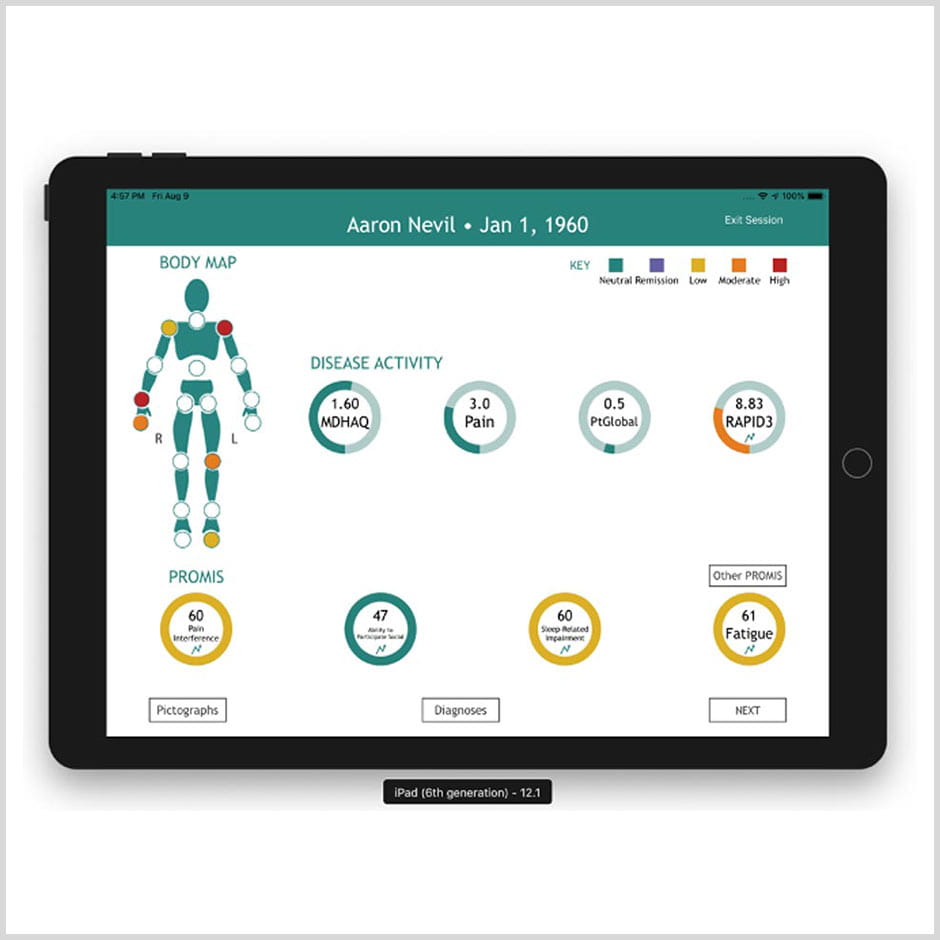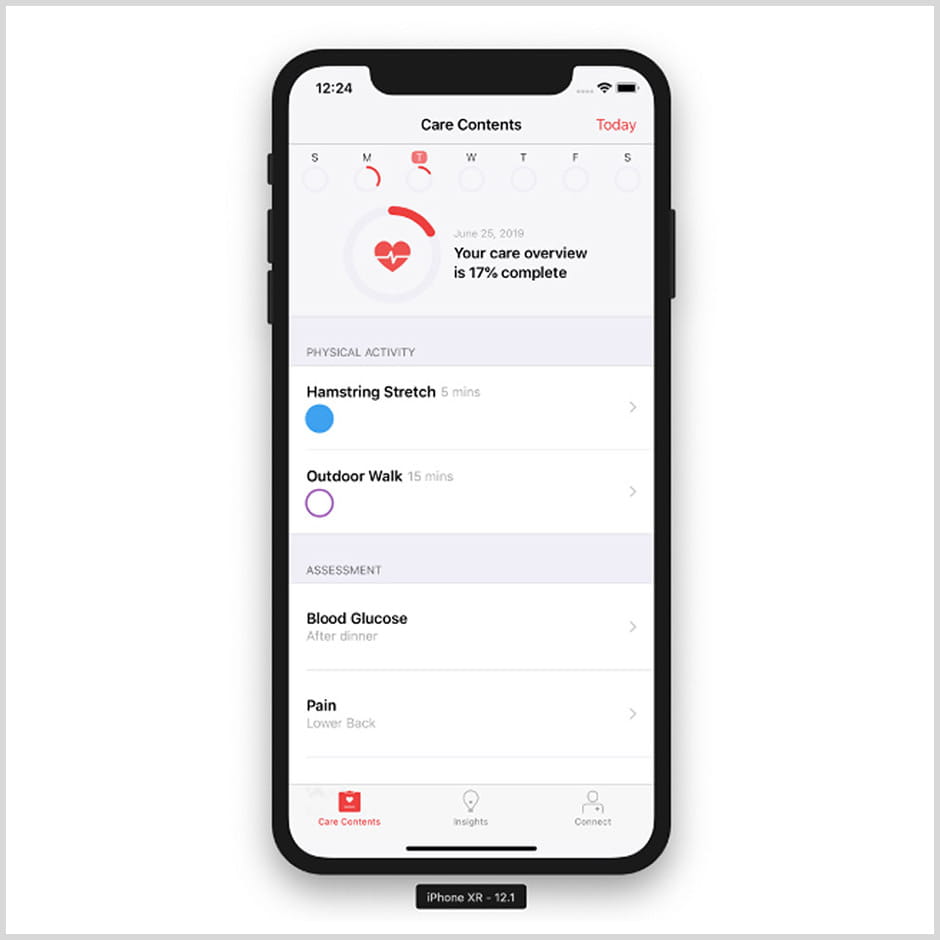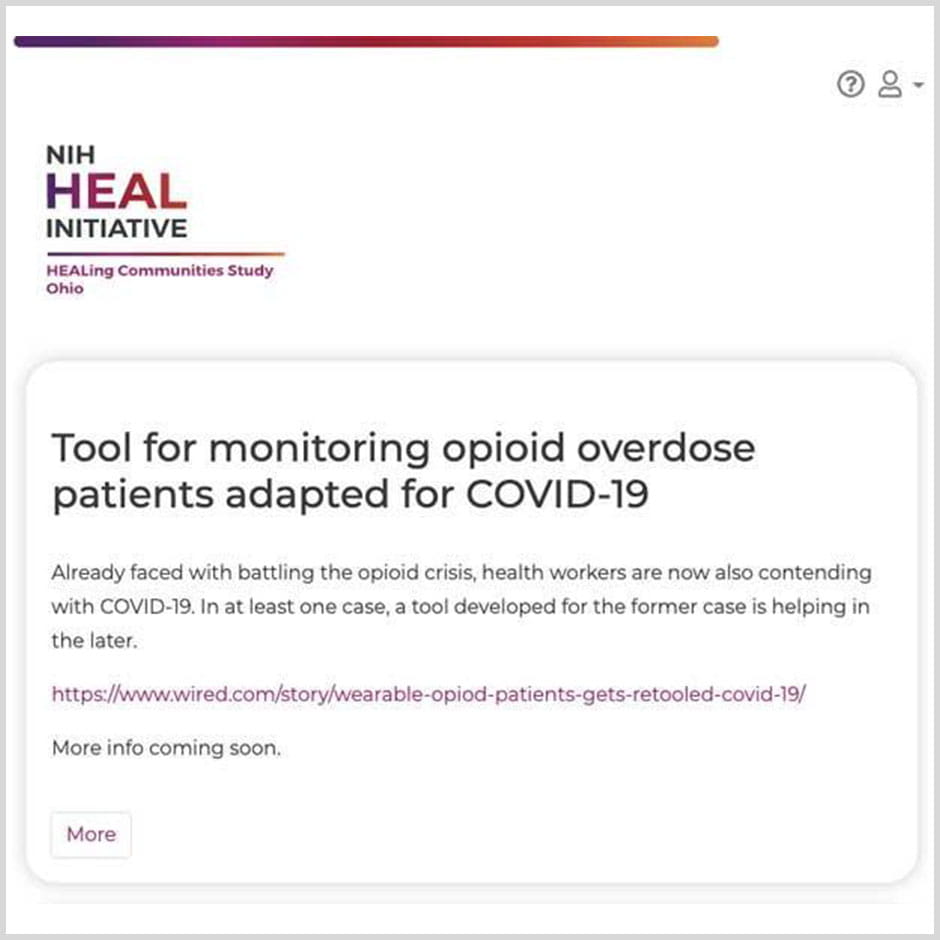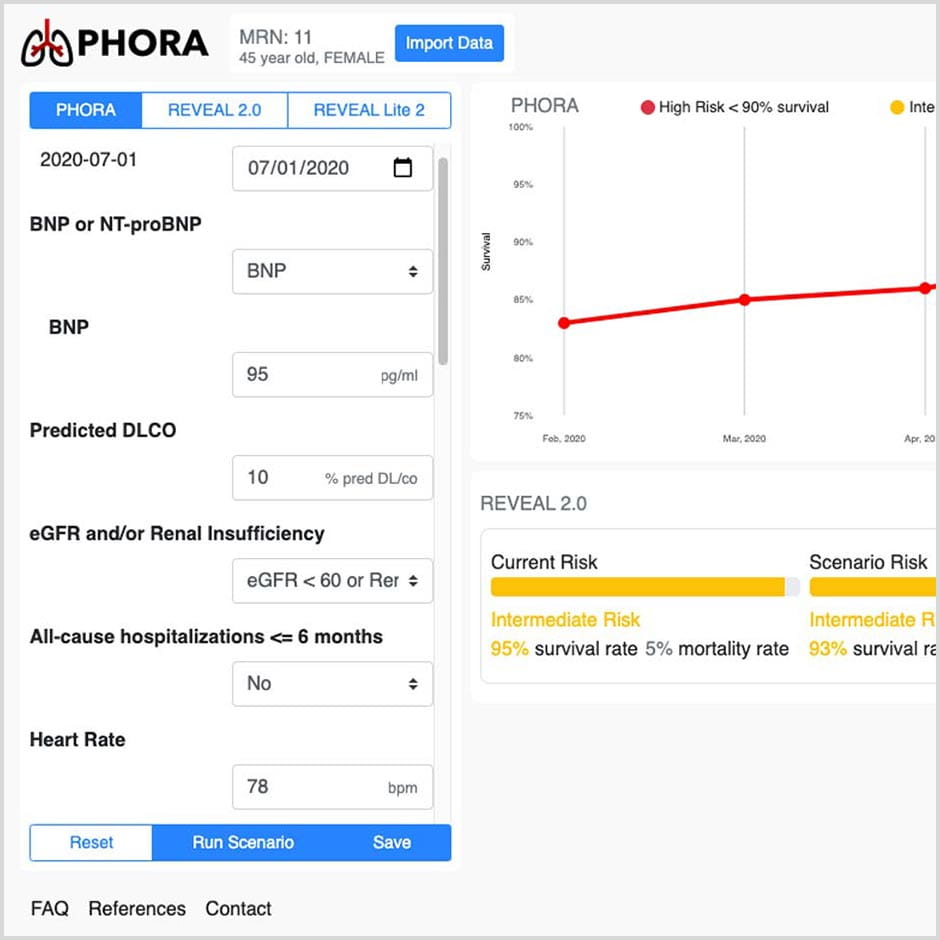What is Research Software Development?
When research needs cannot be satisfied by off-the-shelf packaged software, College of Medicine Research Information Technology develops end-to-end custom software solutions that help in analysis, operational support, and intelligent apps to assist in clinical decision-making. We offer a broad spectrum of software applications, for mobile and for the web, built with consideration of security, robustness, sustainability, and scalability. Our team works closely with cross-functional teams in The Ohio State University Wexner Medical Center IT to offer a comprehensive suite of software development services.
How does research software development improve research?
Custom software solutions can be used to conduct research via modalities like usability studies, trials against a patient population to continuously gather data, and identifying areas to refine a tool that can be positioned for use beyond just the research use case. They can also be used to disseminate research outcomes to a wider audience.
Purpose
From proof of concept to enterprise apps
Avoid transaction costs by having one team oversee the entire development process
Facilitate
research
Enable secure collaboration through software
Share apps with a wider community
Showcase outcomes by sharing webapps with the research community
RIT's approach

Develop modular components
RIT's software development strategy is to iteratively innovate and develop pluggable modular components using the latest technologies and frameworks to continuously contribute to the project’s research goals. This methodology allows us to be receptive to changes and enhancement in a shorter lead time to make the product scalable in the long run.

Iterate and refine
We implement software features iteratively and keep the customers engaged for feedback. Using an Agile software methodology, we can make sure we are on track and reduce time and effort needed on any required adjustments.

Development with best practices
We develop applications that meet compliance and security standards while remaining robust. To do so, we adopt modern software engineering practices like continuous integration, test-driven development, containerized deployment and software as a service (SaaS). In addition, we partner with Ohio State Wexner Medical Center's security team to create software that adheres to the Information Security Control Requirements specific to the project.




